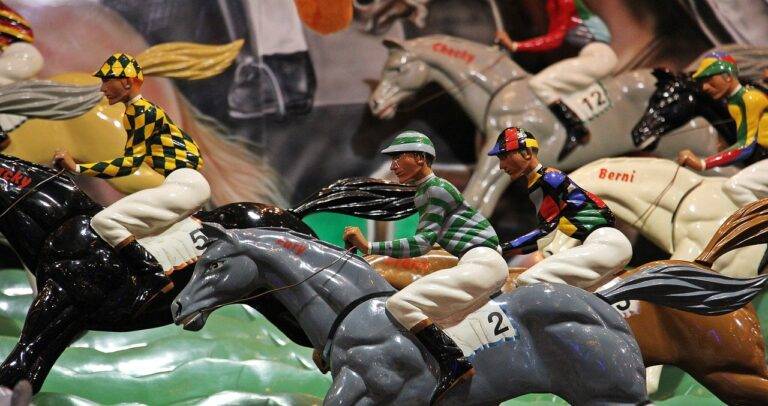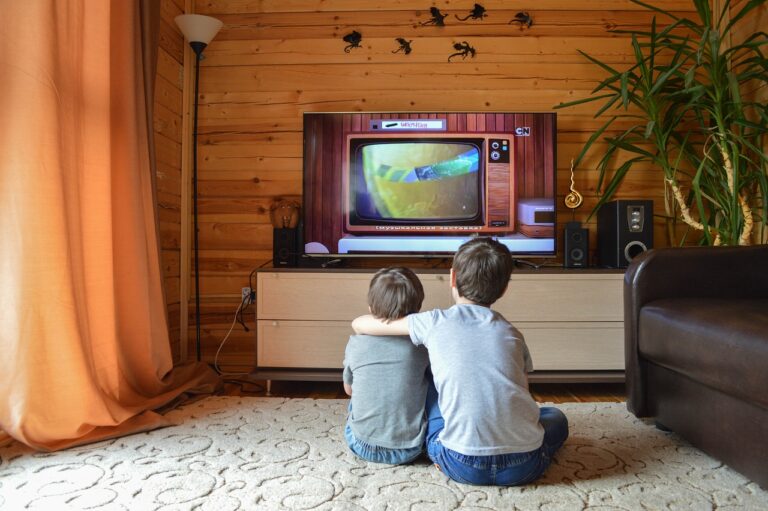Investigating the Role of AI in Storyboarding and Visual Development
In today’s digital age, storyboarding has undergone a significant transformation, adapting to the advancements in technology and the changing needs of the industry. What was once a manual process of sketching scenes on paper has now evolved into a more dynamic and versatile practice with the help of digital tools and software. The traditional pen-and-paper method has been replaced by digital drawing tablets and software programs that offer a wide range of features and functionalities to streamline the storyboarding process.
The digital age has not only made storyboarding more efficient but has also opened up new creative possibilities for artists and filmmakers. With the ability to easily edit, rearrange, and manipulate visual elements, storyboard artists can now experiment more freely and bring their ideas to life with greater ease. This digital revolution has also enabled collaboration to be more seamless, with team members being able to work on the same storyboard in real-time, regardless of their physical location.
Understanding the Basics of Visual Development
Visual development is a crucial stage in the creation of any visual media, including films, animations, video games, and more. It involves the initial planning and conceptualization of the visual aspects of a project, setting the foundation for the overall aesthetic and mood. During this phase, artists work closely with directors and designers to translate ideas and concepts into visual representations that will guide the production process.
Key elements of visual development include the creation of character designs, environment concepts, color schemes, and mood boards. Character designs focus on developing the appearance and personality of each character, capturing their essence and characteristics through sketches and illustrations. Environment concepts establish the settings where the story takes place, providing a visual context for the narrative and helping to immerse the audience in the world being created. Color schemes and mood boards play a vital role in setting the overall tone and atmosphere of the project, conveying emotions and enhancing the storytelling experience through the use of color and visual elements.
The Impact of AI on Storyboarding Process
In recent years, the integration of artificial intelligence (AI) in the field of storyboarding has significantly reshaped the way visual narratives are created. AI tools are revolutionizing the storyboarding process by offering innovative solutions for brainstorming, organizing, and visualizing ideas. From generating initial concept sketches to refining intricate details, AI has become a valuable asset for artists and filmmakers seeking efficiency and creative inspiration.
One of the primary benefits of AI in storyboarding is its ability to streamline the production workflow. By automating routine tasks such as perspective drawing, background design, and character development, AI tools allow artists to focus more on storytelling and creative expression. This not only saves time and effort but also enhances the overall quality of the storyboard by ensuring consistency and coherence throughout the visual narrative. As AI continues to advance, its impact on the storyboarding process is poised to revolutionize the way stories are brought to life on screen.
How has storyboarding evolved in the digital age?
In the digital age, storyboarding has transitioned from traditional paper and pencil drawings to digital tools and software, allowing for greater flexibility and efficiency in the visual development process.
What are the basics of visual development in storyboarding?
Visual development in storyboarding involves creating a sequence of images to visually communicate a story or concept, using elements such as composition, lighting, and character design to convey the intended message.
How does AI impact the storyboarding process?
AI technology can streamline the storyboarding process by automating tasks such as generating scene layouts, suggesting camera angles, and even creating character designs, saving time and effort for artists and filmmakers.







